US-Sport
MLB: Giants: The fight against self-built windmills
The San Francisco Giants had their worst season for over 30 years in 2017. They reacted to this with well-known, but rather short-sighted transfers in order to re-establish the connection to the competition. There is now a danger that this could only be a band-aid on a gaping wound.
After three victories in the World Series since the beginning of the decade, the San Francisco Giants hit the hard ground in 2017. But nobody really knew why. No one could explain why this not so bad team, which in the ideal case would have even been playoff candidates, managed the feat of losing 98 games.
Reliever Tony Watson, who recently played for the Los Angeles Dodgers and played against the Giants at Pirates, also underscored this impression:”When we played against the Giants last year, they didn’t look like a 98 defeat team. I remember watching the scouting report before a game and it said,” Don’t take the player lightly, take the other player seriously.”I can’t say what happened here last year, but this isn’t a 98 defeat team.”
And Watson should know, after all, with the Pirates he took a sweep against the Giants in front of his home crowd. It was even the only sweep away of the Giants all year round. And one of only three away series won by the Giants.
However, a lot has happened since then. The Giants were heavily armed and already in the off-season they made every effort not to repeat the bad year 2017 with all its facets.
Well-known new members are to ensure that the trail will be rediscovered in 2018. In Trades, the franchise faces Evan Longoria from Tampa Bay and Andrew McCutchen from said Pirates were brought in. In addition, the new center fielder Austin Jackson and Watson for the important part of the Bullpen came via Free Agency.
The rest of the task of making amends, however, should be taken over by the established stars. A Hunter Pence, for example, who had his weakest year in 2017 since he had made the leap into the MLB in 2007. A 86 OPS+ was ultimately the result. Only in his first year in the Bay Area 2012 he presented himself weaker overall – in 59 games after his trade from the Phillies he had a 90 OPS+.
At the age of 35, Pence is now the age president of the Giants and praises improvement:”We are all eager and have worked hard in the off-season because we want to change something,” but Pence doesn’t want to forget the previous season:”I learned a lot from last year’s approach and how I want to change it now. Take the good and throw away the bad. It’s a chance for me.”
However, he will not only have to accept changes in his general approach to his profession – he has adapted his off-season workout program, among other things – but will also have to accept them. In 2018, Pence will be joining the Left Field for the first time in his career. A step that became necessary after McCutchen’s commitment.
McCutchen and Jackson, actually, because theoretically “Cutch” could have played at the Center Field, where he won a Gold Glove and an MVP Award. But also he is now over 30 and Jackson has more range for this position.
McCutchen and Jackson, however, both stand for dynamism, which the game of the Giants has recently lost some of. Both are good base runners and as such predestined for more action in the game. All in all, this fits beautifully into the new philosophy of the Giants when it comes to behaviour on base.
In 2017, San Francisco were among the better Base Running teams – Baseball-Reference had the Giants with 41 percent in the statistics “Extra Bases Taken”, which put them in 10th place in the league with the Washington Nationals. On the whole, however, the new outfielders are expected to be more effective in stealing bases. With 76 in the previous year’s rank, however, they were also in 10th place, which is why this statistic did not necessarily have to be regarded as a shortcoming either.
However, third base coach Ron Wotus recently told MLB. com that “athletics and speed” might help, but:”You don’t have to be fast to be a good base runner. A good example is Catcher Buster Posey. One pitch in the dirt, he goes to the next base. With a basehit, he knows where the outfielders stand and understands the situation well. We want to improve these things as a team, whether we’re fast or slow, because we have to score from second base if we make hits.”
In addition to McCutchen and Posey, Longoria is also responsible for the general run production. It is even quite possible that this trio will beat one after the other in the near future. In what order? No matter if you believe manager Bruce Bochy:”We talked about what we see and what we think. And we called in analytics. They all have a nose for an RBI. They have all always been run producers. They are really interchangeable. I don’t think it makes any difference if Buster beats on three and Longo beats on four. Or if McCutchen beats on four. Nothing sticks out.”
However, Bochy indicated that he preferred the variant with Posey as a clean-up hitter:”He was our clean-up hitter and we had a lot of success with him,” and indeed he beat Posey mainly on 4 in his career: 25 percent of his 4260 Plate Appearances came from position 3 in the batting order, 69 percent came from position 4.
By contrast, Longoria (for the Rays) outperformed in 61 percent of his 6151 PA at position 3,31 percent at position 4 and only 6 percent at position 5. However, this does not yet make him a favourite on the 3-Hole, because McCutchen beat 3 in 71 percent of his 5829 PA, in 18 percent of cases as lead-off hitter, 6 percent in two and 2 percent in 4.
This in turn makes it all the more difficult to predict, because one of them would have to leave his usual spot. One approach would be to let the best on-base guy of the three hit on 2, but that would make Posey this very one with a 2017 OBP of. 400 – McCutchen came up. 363, Longoria only on. 313!
According to the latest impressions, however, this does not seem to be planned anyway. Rather, Joe Panik and Brandon Belt will probably lead the batting order. Panic is highly traded by the Giants and was considered one of the players who would have gone to Miami for Giancarlo Stanton in a trade negotiated with the Marlins. Belt, on the other hand, has developed into a capable first baseman with appealing power and would follow the trend of letting a potential homerun hitter hit on 2.
If you look at the entire squad as a whole, you will notice that there is not necessarily an emphasis on young talent. Only two players are under 30 – Belt will reach the third zero this year. Even on the bench, Infielder Kelby Tomlinson is only a player under the age of 30.
After all, the rotation radiates a little youthful freshness. Only Johnny Cueto and Jeff Samardzija are well over 30, the rest 27 or 28. Overall, however, the squad is not designed for the next few years, but preferably for this or next season – at most.
If you like, the Giants’ approach is an antithesis to the current level of youth paranoia. In all places, the age cut is low or in the process of being drastically lowered. Dynamic is the keyword. The Giants, on the other hand, have just recruited three new positioners, all 31 years and older. In the world of baseball, this is not yet Asbach, but at least it is worrying.
Another complicating factor is that the Giants organization is not exactly blessed with top-class talents. After the trades have been completed, only outfielder Heliot Ramos remains as a top 100 prospectus (number 63 in the MLB pipeline). And its arrival is currently expected for 2022. All other talents do not belong to the national elite.
The possibility of making further improvements via the Free Agency does not really exist. After having accumulated the 200 million dollars in the last two years north of Payrolls and being able to cross the luxury tax limit for 2018, big financial leaps seem almost impossible.
And so, in the long run, the Giants are fighting against windmills, the construction of which they themselves were involved in. Almost the entire lineup of the team consists of high-income earners, while hardly any young home-grown plants have been built in in recent years to counteract the laws of the industry and reduce costs. Competition in these areas has led to significantly better jobs, so that the sporting status quo in the west of the NL will only become even tougher in the next few years.
And so the question arises, where to go for San Francisco. Competition in the National League West doesn’t sleep – the Dodgers, D-backs and Rockies all reached the playoffs with young cadre cores, and the Padres have significantly accelerated their rebuild plan with Eric Hosmer’s commitment. So how long do the Giants want to keep up in this environment?
This article was published without prior view by the Major League Baseball.


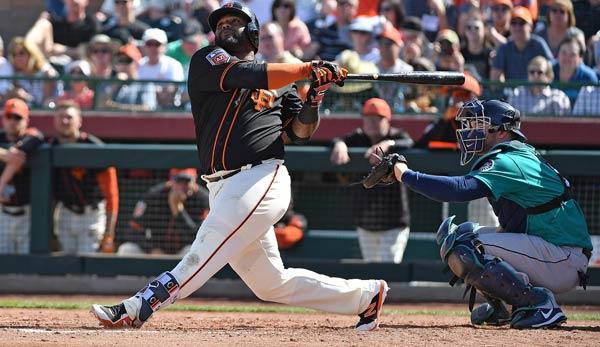
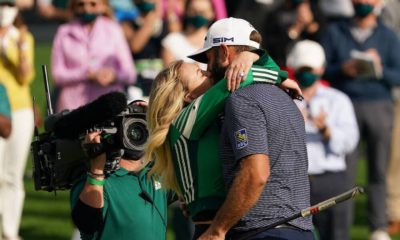
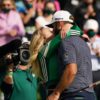
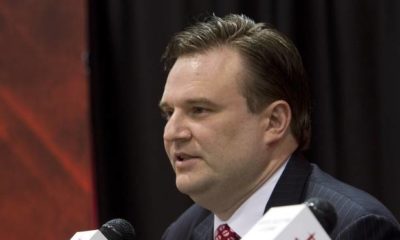
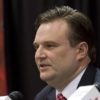
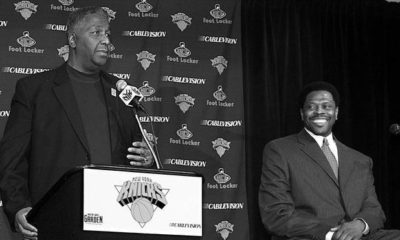
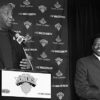
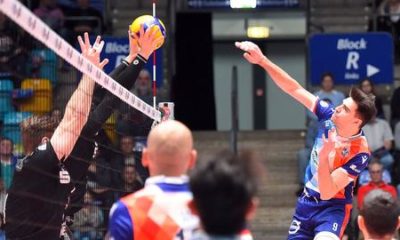
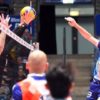
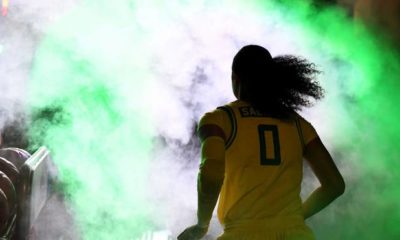
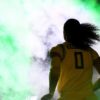





You must be logged in to post a comment Login